Inside Grace Wales Bonner’s ‘Spirit Movers’ at MoMA, a meditation on Black expression
Part of MoMA’s ‘Artist’s Choice’ series, British fashion designer Grace Wales Bonner curates an energetic collation of works inspired by the styles, forms and sounds of the African diaspora
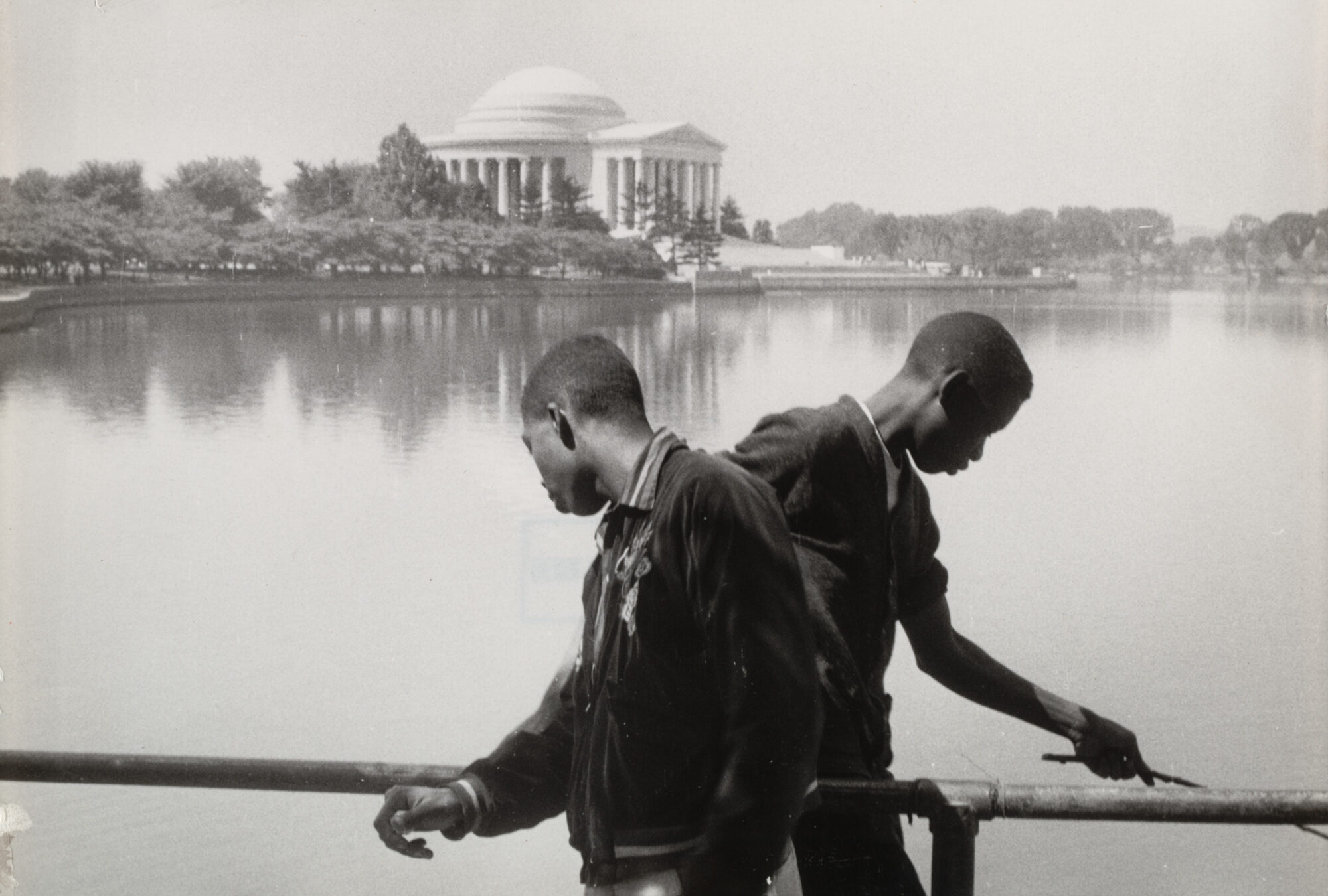
The acclaimed British fashion designer Grace Wales Bonner has applied her creative eye to an exhibition at the Museum of Modern Art in New York as part of its ongoing Artist’s Choice series. Entitled ‘Artist’s Choice: Grace Wales Bonner – Spirit Movers’, Wales Bonner’s curation gathers together 50 works that focus on Black cultural and aesthetic practices inspired by the styles, experiences, forms, and sounds of the African diaspora.
‘Artist’s Choice: Grace Wales Bonner – Spirit Movers’ at MoMA
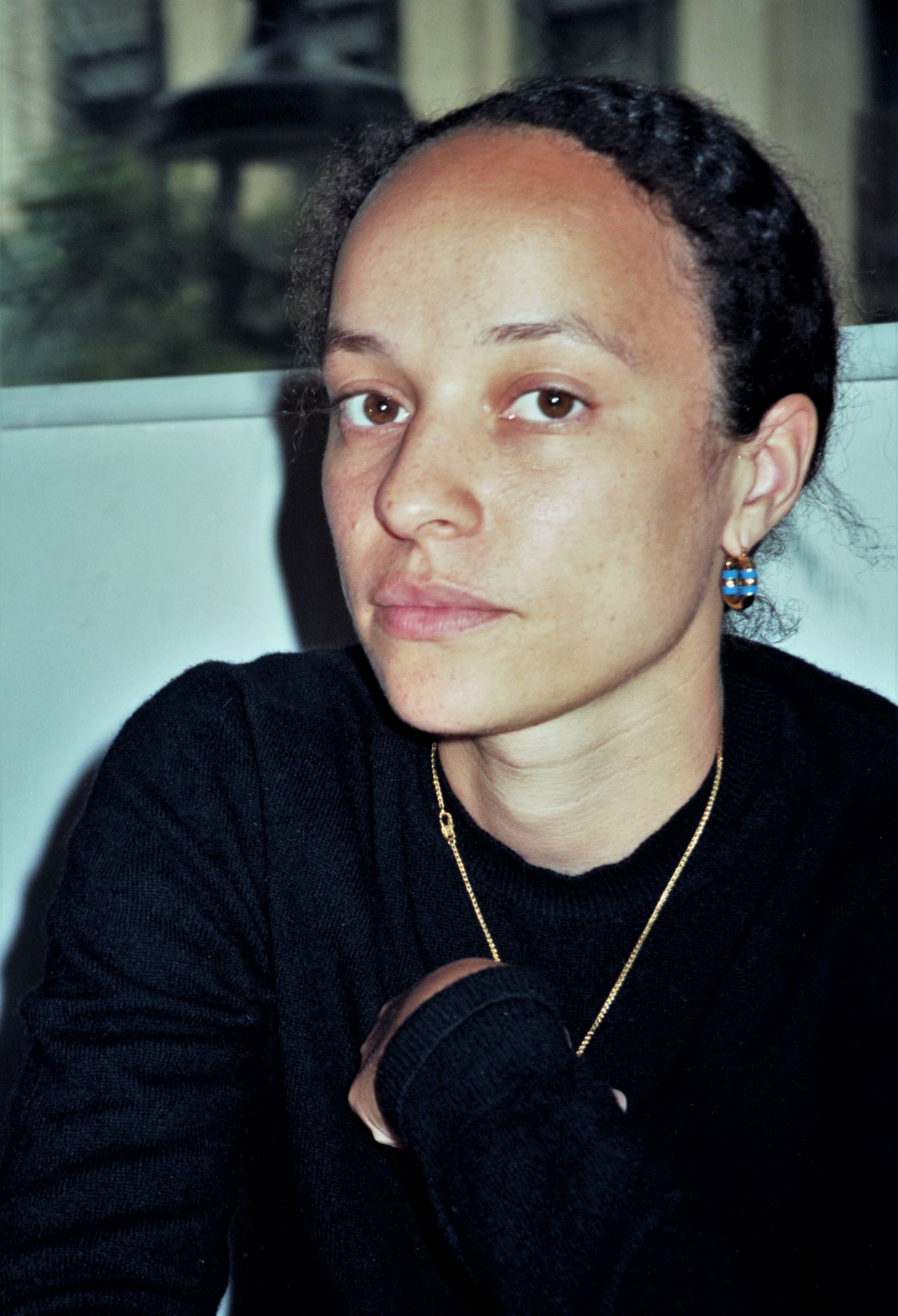
British fashion designer Grace Wales Bonner, the latest participant in MoMA’s Artist’s Choice series
Housed in the museum’s street-level galleries, the succinct yet powerful grouping of works exudes an energetic, aural and visual vibration that transcends a range of mediums and scales. From Terry Adkins’ soaring ‘Last Trumpet’, an ensemble of four 18-foot-long horns which double as sculptures and musical instruments and represents his quest ‘to make music as physical as sculpture might be and sculpture as ethereal as music is’, to David Hammons’ ‘Afro Asian Eclipse (or Black China)’ (1978), which will be on view for the first time at MoMA, and combines a makeshift scroll with geometric patterns formed from tufts of hair that the artist collected from barbershop floors, the works in the show speaks to Wales Bonner’s exploration of ritual and devotional customs. They are presented not as static objects or images, but as dynamic entities deeply connected to performance, music, bodies, and communion.
‘In this exhibition, ”Spirit Movers”, I was thinking a lot about what becomes embedded into artworks and materials,’ Wales Bonner says. ‘I was thinking a lot about materials that have some kind of past life or the passing of time being evident in artworks. One of the things that has always been fascinating to me is how sound can be captured through different forms. For example, Terry Adkins’ work has always inspired me, and thinking about “Last Trumpet”, which is something that’s both sculpture but used for performance as well I was also interested in how objects and artworks can transform and become something else, or how certain materials can be reinvented and repurposed to have a new life to them.’
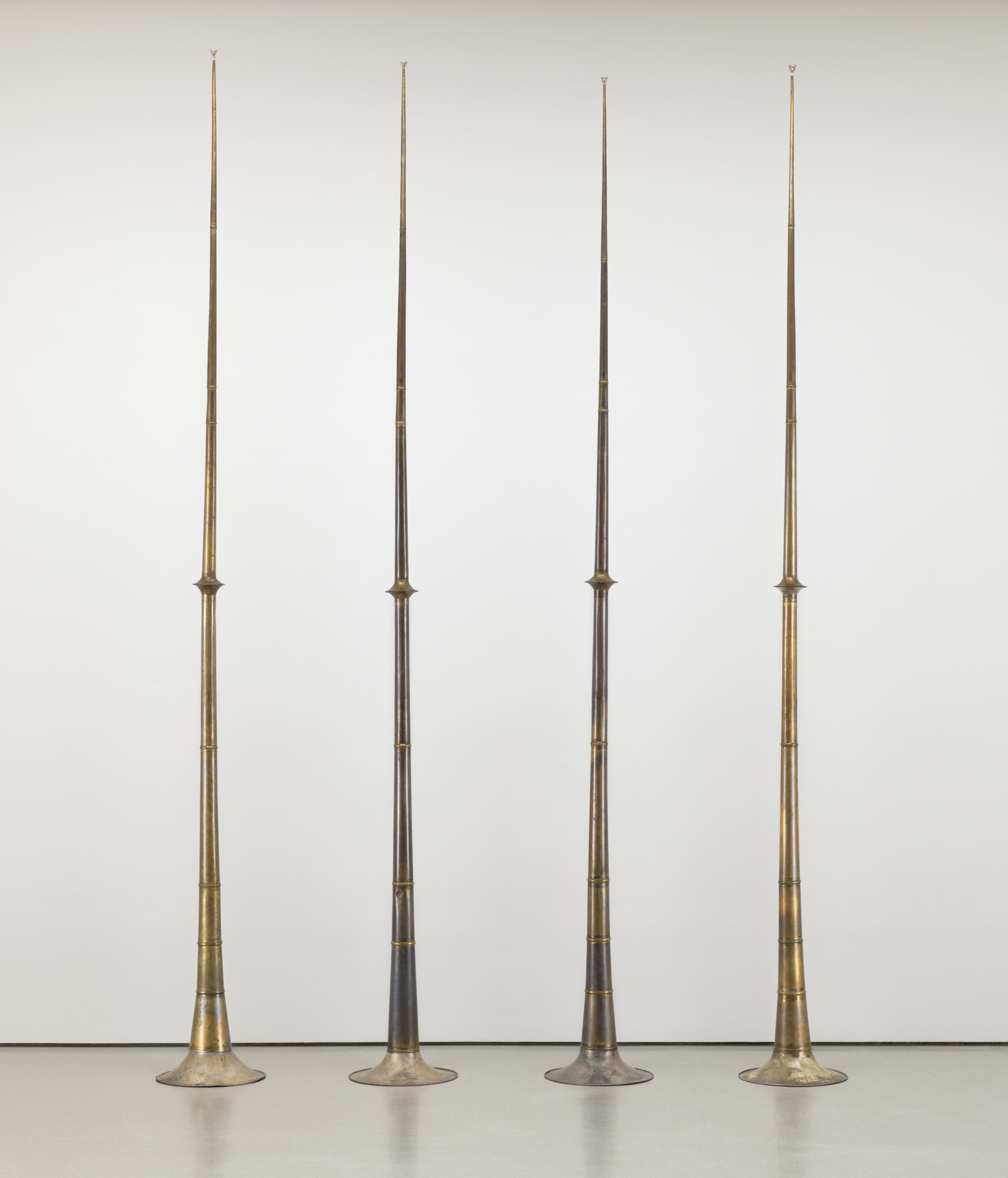
Terry Adkins. Last Trumpet. 1995
She adds, ‘Also, this idea of gesture and devotion, a rhythmic way of making that’s embedded in the artwork, whether it's a painting that’s created in a repetitive sequence or the amalgamation of materials that have been gathered together and placed in a very specific and dedicated way. These are some of the themes that I was interested in exploring how this practice becomes captured in the work itself. In thinking about materials that could have some kind of spiritual and magical potential, I also wanted to include some artworks with a relationship to sound and music, as a potential for performance to happen at any moment or for a performance from the past to have a resurgence. There’s also this passing of time that becomes evident in the materials and the patina of the materials and the way they’ve been transformed.’
In addition to several works in the museum’s collection that are being shown for the first time, Wales Bonner also brought in Edgar Arceneaux’s ‘Failed Attempt at Crystallization III’ (2003), the only work on loan from the show, which shows sugar crystals partially forming over a copy of Alex Haley’s ‘Roots’. Some of the works are also displayed on specially commissioned wooden plinths by Peter Mabeo, a designer from Botswana who crafted them by hand, in an intentionally rhythmic way that continues the spirit of the exhibition.

W. Eugene Smith. Rahsaan Roland Kirk. 1964
The Artist’s Choice series, now in its 16th instalment, invites a contemporary artist to curate an exhibition of works drawn from the museum’s collection and has previously included visionaries such as Yto Barrada (2021), Amy Sillman (2019), Peter Fischli (2018), David Hammons (2017), Trisha Donnelly (2012) and the architects Herzog & de Meuron (2006).
To celebrate Wales Bonner’s edition, the museum has published an artist’s book, ‘Grace Wales Bonner: Dream in the Rhythm – Visions of Sound and Spirit in the MoMA Collection’, assembled by Wales Bonner as ‘an archive of soulful expression.’ Through a selection of nearly 80 works from the Museum’s collection and archives, the tome draws multisensory connections between pictures and poems, music and performance, hearing and touch, gestures and vibrations, and bodies in motion, with texts by Black authors from the past century, including Amiri Baraka, Nikki Giovanni, Langston Hughes, June Jordan, Robin Coste Lewis, Ishmael Reed, Greg Tate, Jean Toomer, Quincy Troupe, and Lynette Yiadom-Boakye.
Wallpaper* Newsletter
Receive our daily digest of inspiration, escapism and design stories from around the world direct to your inbox.
‘Artist’s Choice: Grace Wales Bonner—Spirit Movers’ is on view from November 18, 2023 until April 7, 2024 at MoMA, New York.
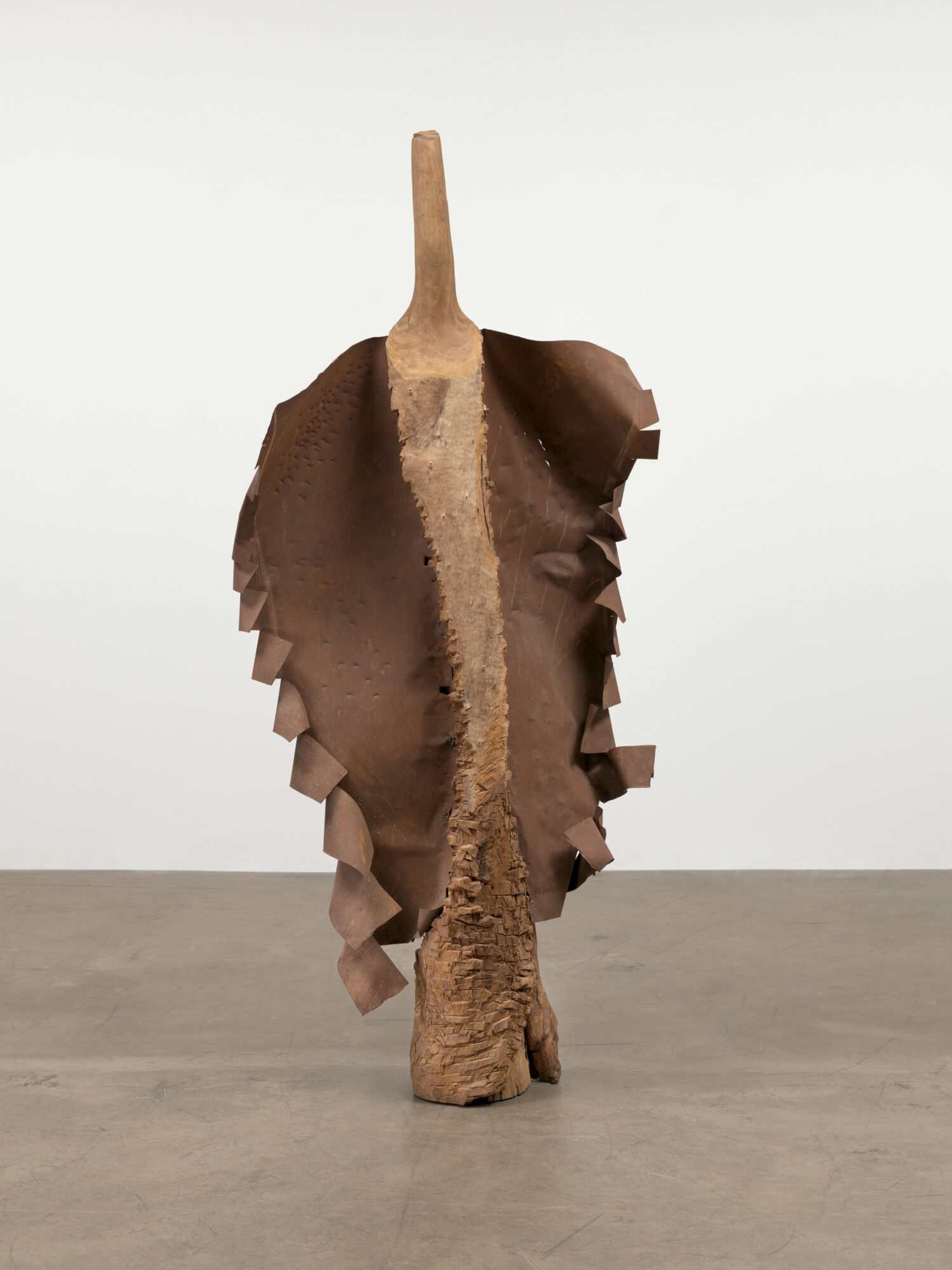
Moustapha Dimé. Lady with a Long Neck. 1992
Pei-Ru Keh is a former US Editor at Wallpaper*. Born and raised in Singapore, she has been a New Yorker since 2013. Pei-Ru held various titles at Wallpaper* between 2007 and 2023. She reports on design, tech, art, architecture, fashion, beauty and lifestyle happenings in the United States, both in print and digitally. Pei-Ru took a key role in championing diversity and representation within Wallpaper's content pillars, actively seeking out stories that reflect a wide range of perspectives. She lives in Brooklyn with her husband and two children, and is currently learning how to drive.
-
 Eight designers to know from Rossana Orlandi Gallery’s Milan Design Week 2025 exhibition
Eight designers to know from Rossana Orlandi Gallery’s Milan Design Week 2025 exhibitionWallpaper’s highlights from the mega-exhibition at Rossana Orlandi Gallery include some of the most compelling names in design today
By Anna Solomon
-
 Nikos Koulis brings a cool wearability to high jewellery
Nikos Koulis brings a cool wearability to high jewelleryNikos Koulis experiments with unusual diamond cuts and modern materials in a new collection, ‘Wish’
By Hannah Silver
-
 A Xingfa cement factory’s reimagining breathes new life into an abandoned industrial site
A Xingfa cement factory’s reimagining breathes new life into an abandoned industrial siteWe tour the Xingfa cement factory in China, where a redesign by landscape specialist SWA Group completely transforms an old industrial site into a lush park
By Daven Wu
-
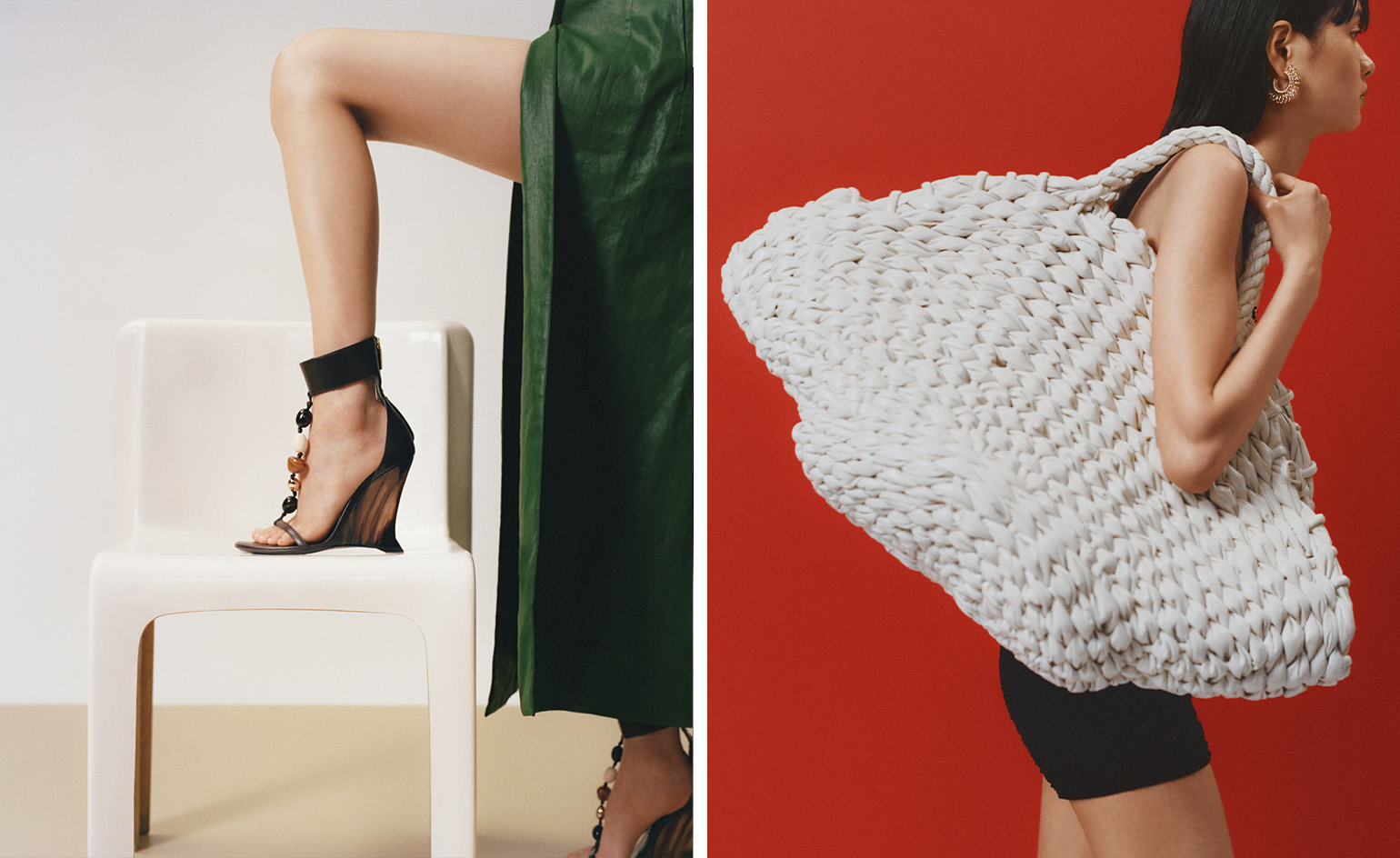 In fashion: the best of S/S 2024 in 12 transporting looks and accessories
In fashion: the best of S/S 2024 in 12 transporting looks and accessoriesThe looks and objects that encapsulate S/S 2024’s mood of escape and discovery, from crystal-studded sunglasses to behemothic beach bags
By Jack Moss
-
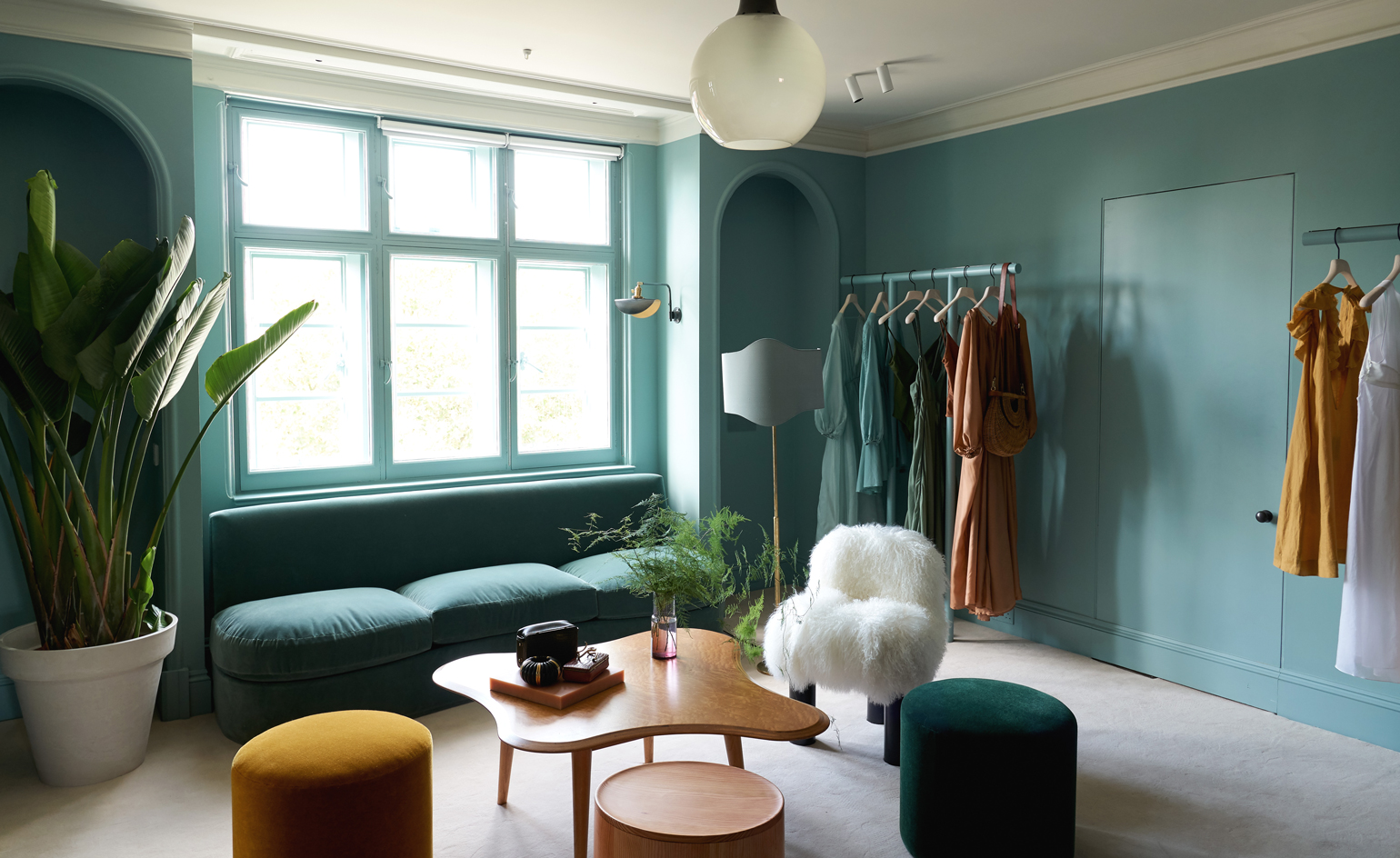 Matchesfashion's experiential five-storey townhouse opens in London's Mayfair
Matchesfashion's experiential five-storey townhouse opens in London's MayfairBy Rachel Arthur
-
 Polaroid Eyewear celebrates 75 years
Polaroid Eyewear celebrates 75 yearsBy Ellen Himelfarb